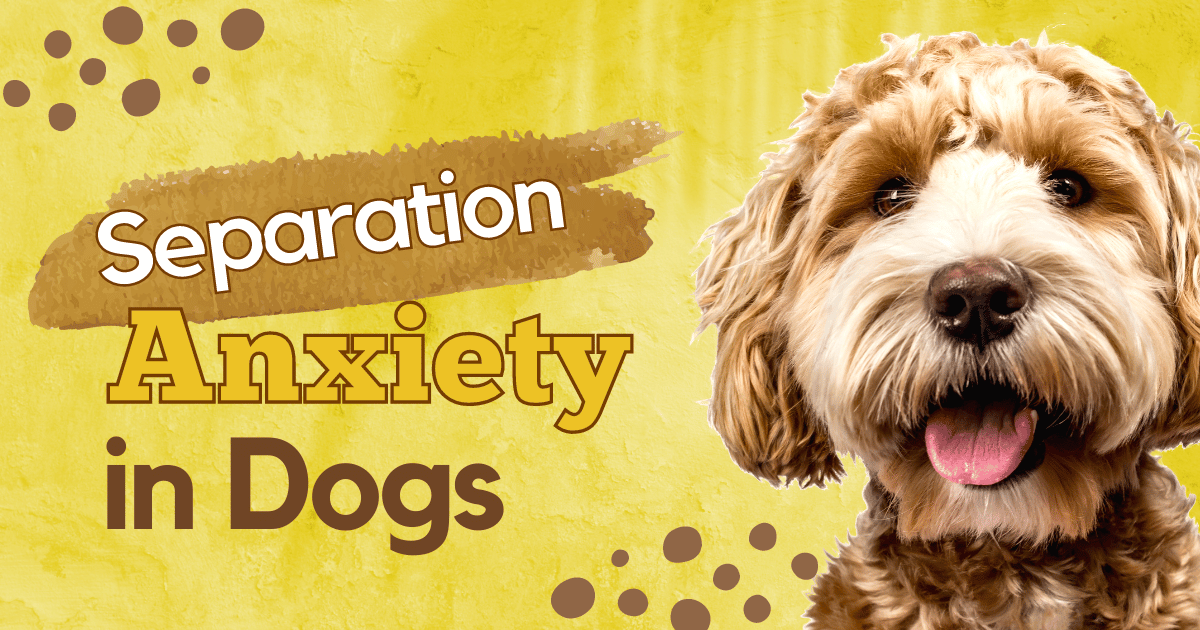Uncategorized
Understanding Separation Anxiety in Dogs
As pet owners, we cherish the love and companionship our dogs provide. However, some dogs may experience separation anxiety, a condition that causes distress and anxiety when they are left alone. In this article, we will delve into the causes of separation anxiety, explore methods to alleviate it, and shed light on the possibility of finding a cure. So, let’s delve into this topic and help our furry friends lead happier, more relaxed lives.
I. What Triggers Separation Anxiety in Dogs?
Separation anxiety can be triggered by various factors. Understanding these triggers is crucial in addressing and managing the condition effectively. Common triggers include:
- Change in Routine: Dogs thrive on consistency, and any significant changes in their daily routines, such as a new work schedule or a family member moving out, can trigger anxiety.
- Past Traumatic Experience: Dogs that have experienced abandonment, neglect, or a traumatic event in the past may be more susceptible to separation anxiety.
- Sudden Separations: If a dog has not been gradually acclimated to being alone, sudden and prolonged separations can lead to anxiety.
II. Breaking a Dog’s Separation Anxiety:
Dealing with separation anxiety requires patience and a systematic approach. Here are some strategies to help alleviate separation anxiety in dogs:
- Gradual Desensitization:
- Start by leaving your dog alone for short periods and gradually increase the duration over time.
- Reward calm behavior and create positive associations with your absence by providing special treats or toys.
- Counter-Conditioning:
- Associate your departure cues (e.g., picking up keys) with something positive, like treats or playtime, to change your dog’s emotional response.
- Use interactive toys or puzzles to keep your dog engaged while you’re away.
- Establish a Predictable Routine:
- Dogs thrive on predictability, so establish a consistent daily routine for feeding, exercise, and alone time.
- This routine helps them feel secure and reduces anxiety.
- Safe and Comfortable Space:
- Create a designated area with their bed, toys, and familiar scents where your dog feels safe and comfortable.
- This space can serve as a retreat when you’re not home.
- Professional Help:
- If your dog’s separation anxiety persists or is severe, consult a professional dog trainer or a veterinarian who specializes in behavior.
- They can create a tailored behavior modification plan to address your dog’s specific needs.
III. Can Separation Anxiety in Dogs Be Cured?
While there is no guaranteed cure for separation anxiety, with patience and proper training, most dogs can experience significant improvement. It’s essential to remember that each dog is unique, and the journey to managing separation anxiety may vary. Focus on creating a positive and supportive environment for your furry friend.
IV. Duration to Break a Dog from Separation Anxiety:
The time required to alleviate separation anxiety in dogs varies depending on the individual dog and the severity of the anxiety. It can take weeks or even months of consistent training and behavioral modification techniques to achieve positive results. Patience and consistency are key throughout the process.
V. Dog Breeds Prone to Separation Anxiety:
While separation anxiety can affect any breed, certain breeds tend to be more prone to this condition. Common breeds associated with separation anxiety include:
- Labrador Retrievers
- German Shepherds
- Border Collies
- Bichon Frises
- Cavalier King Charles Spaniels
It’s important to note that individual temperament and experiences play a significant role in a dog’s likelihood of developing separation anxiety.
Conclusion:
Separation anxiety is a challenging condition for both dogs and their owners. By understanding the triggers, implementing effective training techniques, and seeking professional help when needed, we can help our beloved furry companions overcome this anxiety. At ChimpyTrendy, we care about your pet’s well-being and offer a wide range of trending and high-quality pet products to enhance their lives. Let’s create a calm and secure environment for our dogs, ensuring they feel loved even when we’re apart.
Remember, with time, patience, and consistent effort, we can make a positive difference in our dog’s lives and strengthen the bond we share.


